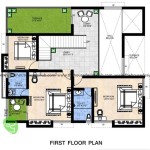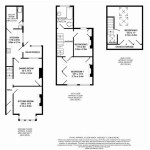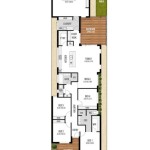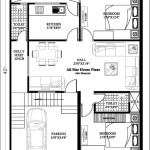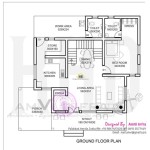Essential Aspects of House Plan Blueprints
House plan blueprints are technical drawings that provide a detailed representation of a building's design. They are essential for obtaining building permits, guiding the construction process, and ensuring the safety and functionality of the structure.
Key Components of House Plan Blueprints
Blueprints typically include the following sections:
- Floor Plans: Show the layout of each level, including rooms, walls, doors, and windows.
- Elevations: Display the exterior walls from different sides, showing the height and shape of the building.
- Sections: Provide vertical cross-sections through the building, showing the interior structure and ceiling heights.
- Roof Plans: Show the design and layout of the roof, including slopes, pitches, and drainage systems.
- Details: Include specific drawings of complex elements, such as staircases, fireplaces, or custom millwork.
Benefits of Professional Blueprints
Having professionally drawn blueprints offers several advantages:
- Accuracy and Compliance: Ensures that the design meets building codes and regulations.
- Clear Communication: Provides a visual representation that minimizes misunderstandings during construction.
- Cost Savings: Reduces the risk of costly changes or delays during the building process.
- Future Reference: Serves as a valuable record of the building's design for maintenance, renovations, or resale.
Understanding Blueprint Symbols
Blueprints use standardized symbols to represent different building components. Understanding these symbols is crucial for interpreting the plans.
Common symbols include:
- Walls: Solid lines of varying thickness
- Doors: Rectangles or arcs with hinged or sliding symbols
- Windows: Rectangles with lines indicating the number of panes
- Stairs: Zigzag lines or steps
- Electrical Outlets and Fixtures: Circles or other symbols indicating their location and type
Scale and Dimensions
Blueprints are drawn to scale, meaning that the measurements on the drawings represent the actual dimensions of the building. It is essential to check the scale of the drawings to ensure proper interpretation.
Tips for Reading Blueprints
- Start with Floor Plans: Begin by familiarizing yourself with the layout of each floor.
- Compare Elevations and Sections: Check the elevations and sections to verify the height and depth of the building.
- Pay Attention to Detail: Look for specific details that may not be obvious from the floor plans.
- Use a Ruler or Scale: Measure distances and dimensions to understand the size and proportions of the building.
Conclusion
House plan blueprints are essential tools for designing and constructing a home. By understanding their key components, benefits, symbols, and how to read them, you can effectively convey your design intentions and ensure a successful building project.

House Plans How To Design Your Home Plan

Home Plan Buyers Learn How To Read A Floor Blueprint Blog Eplans Com

Est House Plans To Build Simple With Style Blog Eplans Com

House Plans No 15 Lismahon Blueprint Home Designs Planning S Archit Blueprints Design Trends

Where You Can Buy House Plans Live Home 3d

House Plans Home Floor Architecturalhouseplans Com

House Plans How To Design Your Home Plan

Floor Plans Learn How To Design And Plan

Custom Digital House Plan Artwork Blueprint Floor Sketch How To Drawing

Cottage House Plan With 3 Bedrooms And 2 5 Baths 8787


